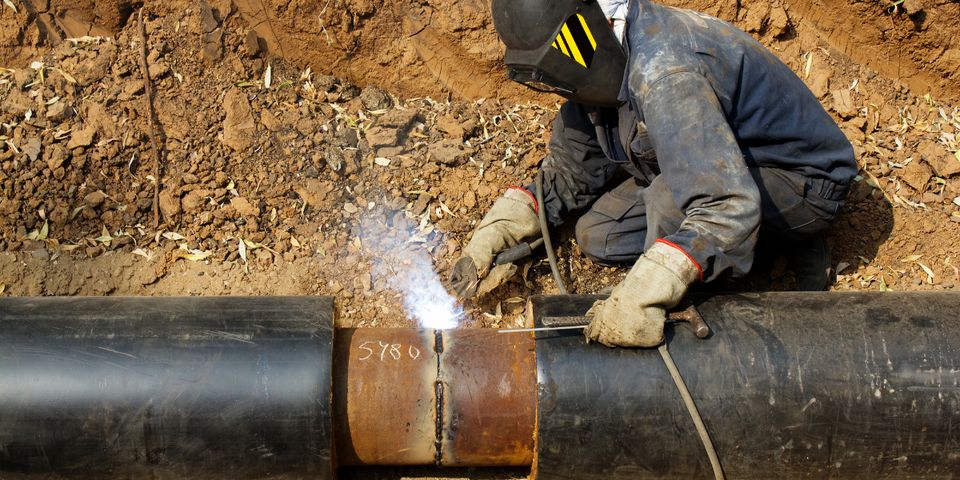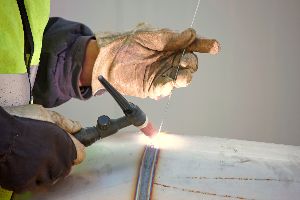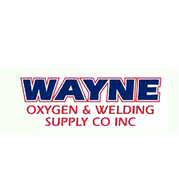What Is TIG Welding?

TIG welding has been one of the most popular welding styles in the U.S. since the 1940s. This process does require a skilled welder and some specialized equipment, but it can be useful in a huge array of applications. If you’re thinking of getting started with this type of welding, here’s a basic guide.
What Is This Type of Welding?

TIG stands for tungsten inert gas. It is an arc welding process that uses a non-consumable tungsten electrode to join two pieces of metal together. The pointed tungsten electrode creates a precise weld under an arc shield of inert gas like argon or helium, which protects the welding surface from potential contaminants.
TIG welding requires a power source, welding torch, and shielding gas. Some welders use a filler wire for this type of project, but it is not required if the welder manually feeds the filler material through the torch. This differs from MIG welding because MIG welders use a solid wire that is machine fed through the torch and onto the weld, and TIG welding uses a non-consumable electrode.
What Are Its Uses?
Since TIG welding is so precise, it is often used on thin pieces of sheet metal. The inert gas shield also makes it a popular choice for welds in tough environments, like pipes and pipelines. The tungsten electrode provides a strong weld without going completely through the pipe wall or compromising the structure of the metal.
TIG welding also does not disrupt the metal around the weld, so it is ideal for applications where the appearance of the metal is important. For instance, it may be used for metal signage or fencing around the exterior of a building.
If you’re looking for TIG welding equipment or gas, contact Wayne Oxygen & Welding Supply Co. in Waynesboro, Charlottesville, and Harrisonburg, VA. The company carries high quality products from top manufacturers, including Lincoln Electric Company and Miller Electric Manufacturing. Visit the website for a full list of options, or call (540) 942-4145 to inquire about specific products.
About the Business
Have a question? Ask the experts!
Send your question

